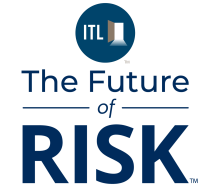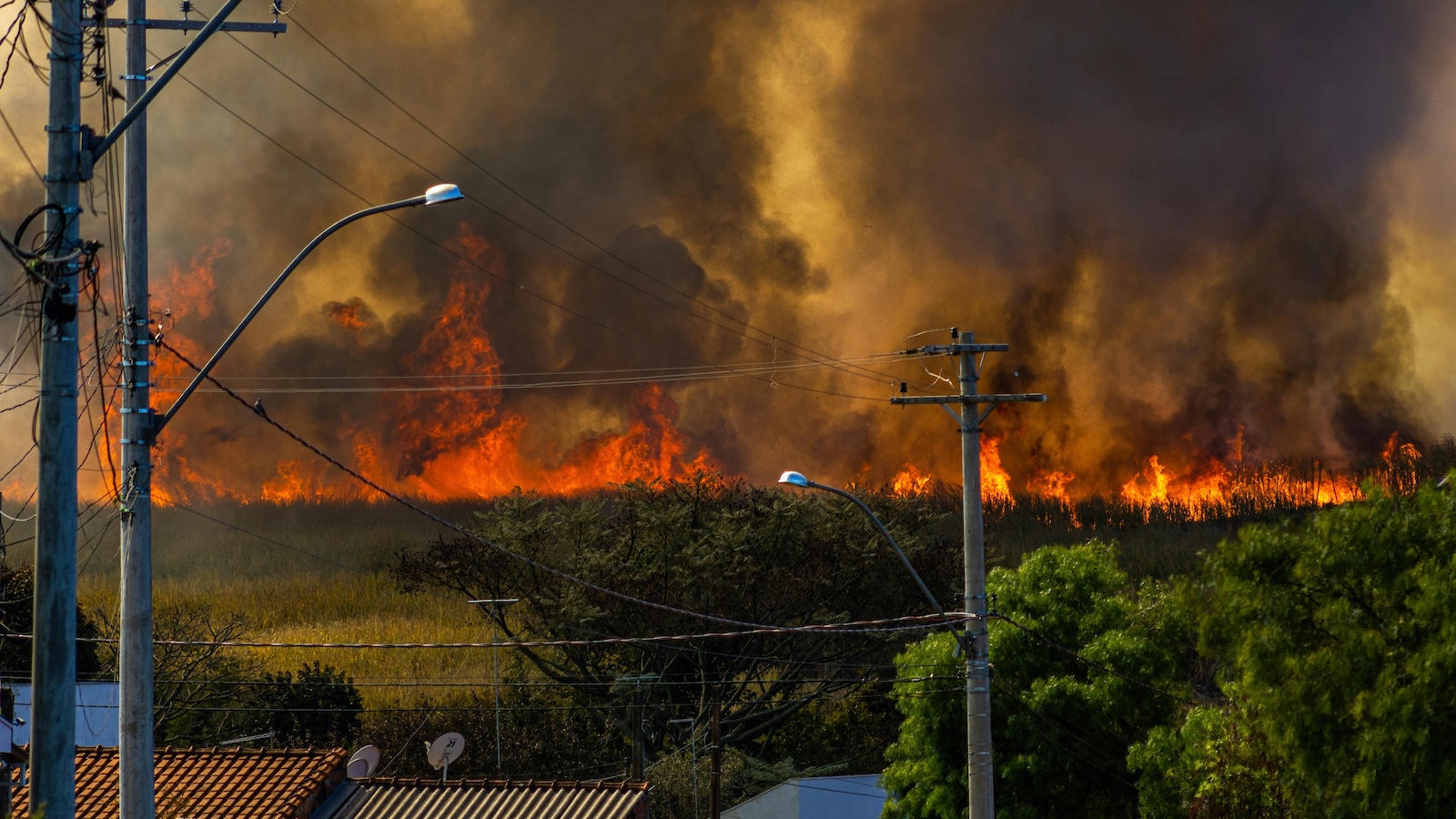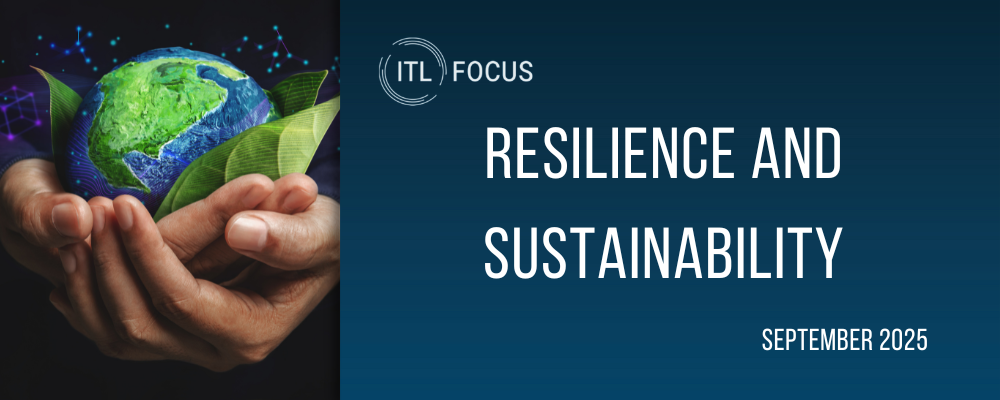In January 2025, fires in Los Angeles killed at least 29 people and destroyed over 18,000 homes and buildings, marking one of California's worst disasters.
Insurance offers one mechanism to support individuals who have suffered catastrophic losses, but insurance companies are now more cautious than ever when covering wildfires and other weather-related risks. Last year, insurers worldwide paid out more than $140 billion in claims relating to natural catastrophes, the fifth consecutive year with losses exceeding $100 billion.
Major natural disasters that cause substantial insurance claims, including storms, wildfire and flooding, are anticipated to become more severe with climate change.
But even for those perils for which recent spikes in payouts have been down to factors such as economic inflation and population growth, climate change still provides an unwelcome boost to risk and, therefore, premiums.
Typically, insurers used past claims to predict future losses from the same perils. So long as there had been no major unexpected disasters or big shifts in risk or exposure in a specific area, insurers could be confident that the premiums paid by the many would be enough to finance the claims of the few.
But in 1992, destruction from Hurricane Andrew in the Gulf of Mexico exposed the fragility of that approach by causing insured losses three times higher than expected by industry insiders in Florida alone. Insurers switched to sophisticated catastrophe models — tools that combine the physics of specific natural hazards with details about building construction and insurance information — to estimate possible financial losses. And in the past few years, as the imprint of global warming on natural hazards has become more obvious, the insurance industry has been recruiting climate and Earth scientists to reduce the likelihood of being taken by surprise.
Today, insurers have more-realistic views of their customers' exposure to weather- and climate-related risks and the scale of potential claims. Inside the limits set by government regulators, insurers decide how much risk they can tolerate across their portfolio, raise premiums for owners of more-exposed homes and purchase reinsurance to prepare for losses larger than they could normally afford.
Bankrupt insurers can't pay claims. Policyholders therefore benefit from risks being estimated correctly so losses can be paid by charged premiums. But insurers also use the latest catastrophe modeling and climate science to justify higher premiums, which are fast becoming unaffordable. Too many people are forced to choose between paying more for the same insurance, accepting lesser coverage to keep premiums manageable or letting their insurance lapse.
Continuing to ratchet up insurance premiums to keep up with mounting losses from hurricanes, wildfires and other perils might make financial sense — but it is also indicative of a growing crisis facing the industry. In many countries, including the U.K. and the U.S., the average cost of home insurance is more than twice what it was a generation ago. Yet, paying higher premiums doesn't make homeowners any more prepared for disaster. And despite charging higher prices, many insurers are still losing money through home insurance because they are paying out record-setting claims relating to natural catastrophes.
When insurers can no longer afford payouts to high-risk properties in a region, or even entire jurisdictions, they often withdraw coverage. In doing so, they make individuals more vulnerable, less able to recover from a disaster.
And they also create a diminished market for insurance products and higher geographical concentrations of risk. This upward spiral needs to be reversed. Insurance has typically served to transfer the financial costs incurred by disasters away from homeowners, not reduce risks of them happening. Now, approaches to push down both risks and costs are needed.
U.K.-government-backed Flood Re has been designed to make flood insurance more affordable for high-risk areas, with some insurers offering discounts on insurance premiums for homes with flood gates in flood-prone areas. Meanwhile in the U.S., Strengthen Alabama Homes pays people to stormproof their homes and has been shown to lower insurance premiums, and some insurers offer discounts on insurance premiums for homes with impact-resistant roofs. A number of states in the U.S. are also considering legislation that would require insurers to tell their customers how they can reduce weather-related risks to their properties and offer discounts for individual-, community- or state-level mitigation efforts.
All of these actions are helpful. Yet they still treat the symptom, not the disease. Adaptation without mitigation is not enough. Ultimately, we need to reach net zero, to prevent any further increases in global temperature and return risks of catastrophes to a lower level.
Falling short of that, many individuals and communities in the U.K. and the U.S. and worldwide might soon be priced out of home insurance and therefore financial protection against the consequences of natural disasters, leaving them unable to recover.







